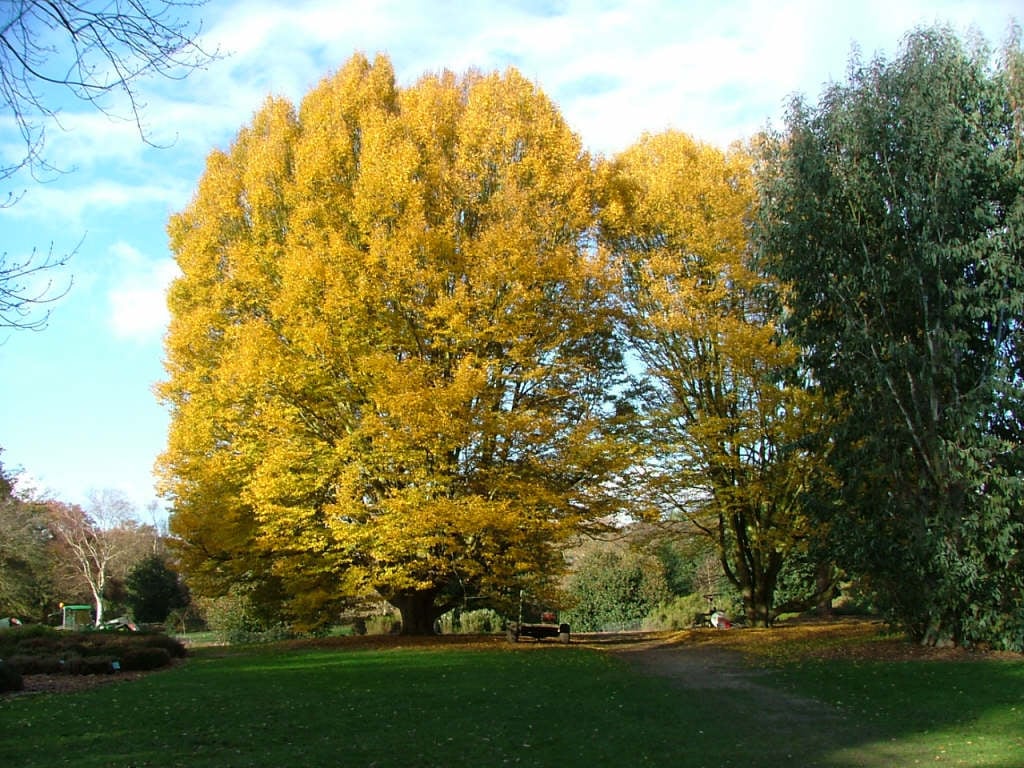Carpinus betulus
common hornbeam
A large deciduous tree developing a fluted grey trunk. Leaves 5-8cm long, ovate, conspicuously ribbed, turning yellow in autumn. Catkins open in spring, followed by hop-like fruiting catkins to 8cm. Good for woodland settings
Size
Ultimate height
Higher than 12 metresTime to ultimate height
more than 50 yearsUltimate spread
Wider than 8 metresGrowing conditions
Moisture
Moist but well–drained, Well–drainedpH
Acid, Alkaline, NeutralColour & scent
| Stem | Flower | Foliage | Fruit | |
| Spring | Green | Green | ||
|---|---|---|---|---|
| Summer | Green | |||
| Autumn | Yellow | Brown | ||
| Winter |
Position
- Full sun
- Partial shade
Aspect
East–facing or South–facing or North–facing or West–facing
Exposure
Exposed or Sheltered Hardiness
H7Botanical details
- Family
- Betulaceae
- Native to GB / Ireland
- Yes
- Foliage
- Deciduous
- Habit
- Bushy
- Genus
Carpinus are deciduous shrubs and trees with attractive foliage and hop-like fruit clusters in late summer and autumn
- Name status
Correct
- Plant range
- Europe to Iran
How to grow
Cultivation
Grow in fertile, well-drained soil in full sun or partial shade
Propagation
Suggested planting locations and garden types
- Architectural
- Cottage and informal garden
- Wildlife gardens
Pruning
Pests
May be susceptible to caterpillars and aphids
Diseases
May be susceptible to powdery mildews, coral spot and sometimes honey fungus
Get involved
The Royal Horticultural Society is the UK’s leading gardening charity. We aim to enrich everyone’s life through plants, and make the UK a greener and more beautiful place.
